Business in Guyana. Guyanese Economy

Guyanese Foreign trade, Business in Cayenne (Guyana)
- Introduction to Guyana
- Business in Cayenne
- Guyanese Economy
- Guyanese International Trade
- Business Opportunities in Guyana
- Access to the Guyanese Market
- Business Plan for Guyana
The objectives of the subject «Doing Business in Guyana» are the following:
- To analyze the Guyanese Economy and Global Trade
- To explore the Business Opportunities in Guyana
- To analyze the trade relations of Guyana with the country of the student
- To know the Trade Agreements of Guyana
- To develop a business plan for the Guyanese Market

The Subject «Foreign Trade and Business in Guyana» belongs to the following Online Programs taught by EENI Global Business School:
Masters: International Business, Foreign Trade.
Doctorate: American Business, World Trade.

Masters adapted for Guyanese Students.

International Trade and Business in Guyana
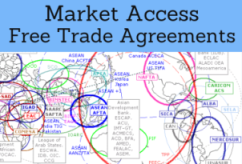
Preferential Access and Trade Agreements:
- Guyana and the Caribbean Economic Area
- Association of Caribbean States
- CARICOM
- CARIFORUM-EU Agreement
- Colombia-CARICOM Agreement (Guyana)
- CARICOM-Dominican Republic Agreement
- UK-CARIFORUM Free Trade and Economic Integration Agreement
- Costa Rica-CARICOM Agreement (Guyana)
- Latin American and Caribbean Economic System
- Union of South American Nations (UNASUR)
- Caribbean Basin Initiative
- The U.S.-Caribbean Basin Trade Partnership Act
- Caribbean-Canada Trade Agreement
- Global System of Trade Preferences
- Guyana is am associated state to the MERCOSUR
- Islamic Trade Preferential System
- Islamic Centre for Development of Trade

- WTO
- GATS
- Agreement on Sanitary Measures
- Agreement on Technical Barriers to Trade
- Agreement on Preshipment Inspection
- Agreement on Safeguards
- Trade Facilitation Agreement
- WCO
- Istanbul Convention
- BIC
- Chicago Convention (ICAO)
- IMO
- Customs Convention on Containers - not a member

American Trade and Economic Organizations, Guyana is a member of...
- OAS
- ECLAC
- Inter-American Development Bank
- CELAC
- Africa-South America Summit
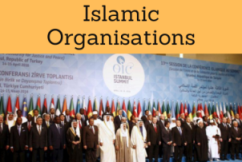
- Summit of South American-Arab Countries
- OIC
Global Organizations:
- Commonwealth
- UN
- WB
- WTO
- IMF
- ...
- Guyanese: Capital Cayenne
- Borders of Guyana: Brazil, Suriname and Venezuela
- Area of Guyana: 214.969 km²;
- Territorial tensions with Venezuela for the control of the so-called Guyana Esequiba (74% of the territory of Guyana)
- Territorial tensions with Suriname for the control of the so-called Tigri Region (7% of Guyana's territory)
- Population of Guyana: 800,000 inhabitants;
- Guyanese Population density: 3.65 inhabitants / km²
- 50% of the population are Indo-Guyanese (originally from India)
- 40% of the population has an African origin (African Diaspora)
- Official language of Guyana: English
- Local languages: Caribbean, Guyana Creole
- Spanish and Portuguese are widely used
- Abolition of Slavery in Guyana: 1846
- Main rivers: Esequibo and Demerara
- Guyana's climate: equatorial-tropical
- First inhabitants of Guyana: Arahuacos and Caribes
- 1594: Spanish colonization: 1594
- Control of Guyana by the Dutch and the English
- 1831: British Guyana
- Guyana became independent from the UK in 1966
- Official name: Cooperative Republic of Guyana
- Government Type: Semi-Presidential Republic
- Guyana belongs to the Commonwealth of Nations (Queen: Elizabeth II of the UK)
Main Religions in Guyana:
- Christianity: 57 % of the Guyanese population
- Hinduism: 24% of the Guyanese population
- Islam: 7% of the Guyanese population


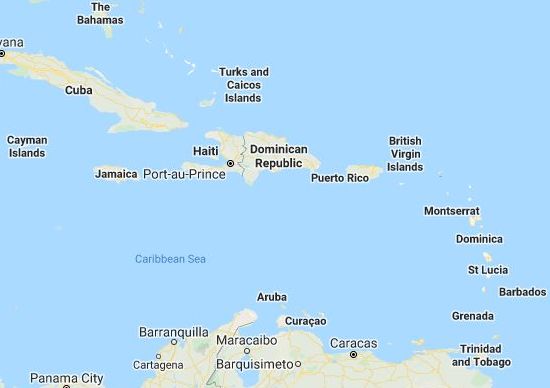
Guyana belongs to the:
- Caribbean Economic area of the Western Civilization
- Hindu Economic Area
- Islamic Economic Area
Guyanese Economy.
- Guyanese GDP: 6,093 million dollars
- GDP per capita of Guyana: 7,919 Dollars
- 2007: the Inter-American Development Bank forgave Guyana's debt
- The main Guyanese economic activity is the agriculture: rice, vegetables, tubers, citrus, coconut
- Aluminum industry, based on the important bauxite deposits
- Diamond, gold and manganese deposits
- Guyana has important forest resources (woods)
- Budding textile industry
- Guyanese currency: the Guyanese dollar (GYD)
- Country code top-level domain of Guyana: .gy
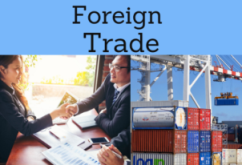
Guyanese Foreign Trade
- Guyana's main Exports are: sugar (28% of exports), cocoa,
coffee, gold, bauxite, rice, shrimp, molasses, rum, wood, citrus.
- Guyana Sugar Corporation (GuySuCo) is one of the largest companies in Guyana, exports sugar
- Important shrimp export
- Guyana's main imports are: manufactured goods, machinery, oil and food
- Main trading partners: Canada, the U.S., the UK, Portugal, Jamaica, Trinidad and Tobago, China, Cuba, Singapore, Japan, Brazil and Suriname
- Agreement with Venezuela for oil importation (PetroCaribbean)
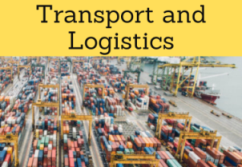
International Transport and Logistics in Guyana:
- Main seaport: Port of Cayenne, on the Demerara River estuary (navigable)
- River ports at Essequivo, Everton, Port Kaituma and New Amsterdam-Lindem
- 7,970 kilometers of roads (590 kilometers are paved)
- Driving on the left
- 187 kilometers of railway lines
- Cheddi Jagan International Airport
(c) EENI Global Business School (1995-2024)
We do not use cookies
Top of this page



 (
(

